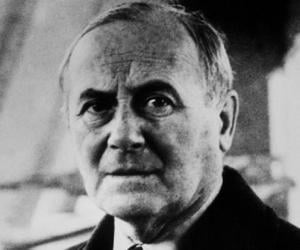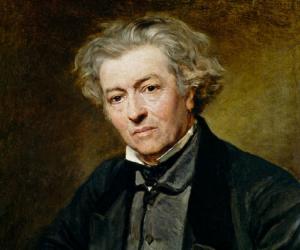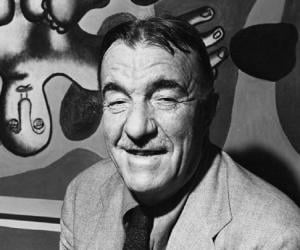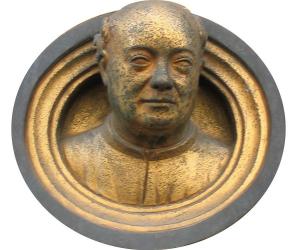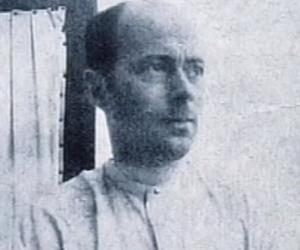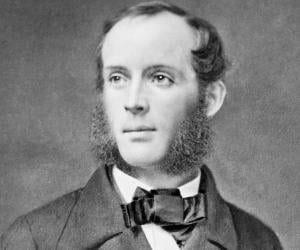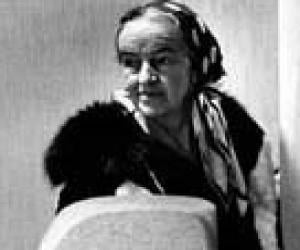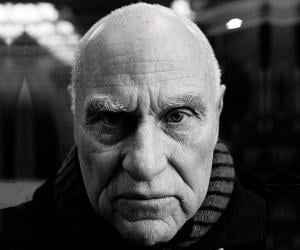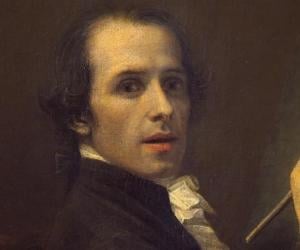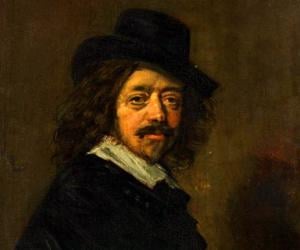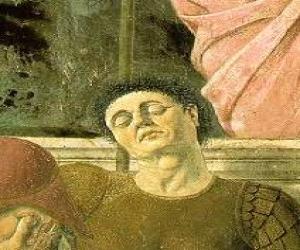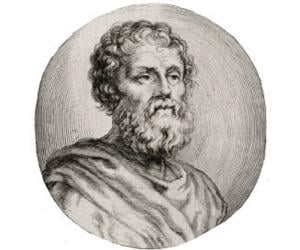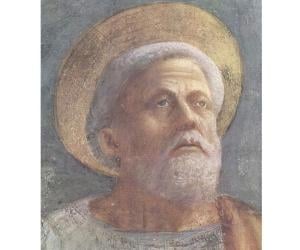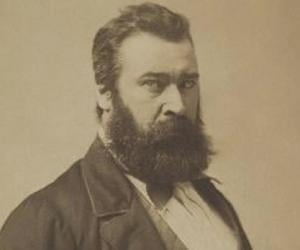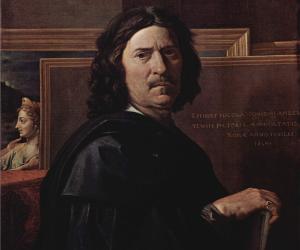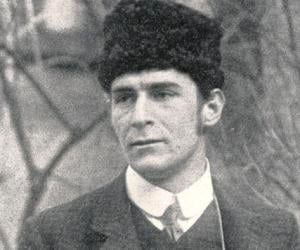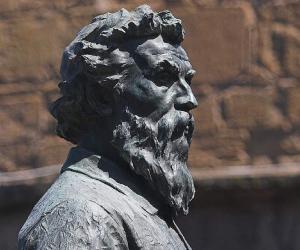Quick Facts
Spanish Celebrities Born In April
Also Known As: Joan Miró i Ferrà
Died At Age: 90
Family:
Spouse/Ex-: Pilar Juncosa
father: Miquel Miró Adzerias
mother: Dolores Ferrà
children: Dolores Miró
Born Country: Spain
Sculptors Spanish Men
Died on: December 25, 1983
place of death: Palma, Spain
Cause of Death: Heart Failure
Notable Alumni: Cercle Artístic De Sant Lluc
City: Barcelona, Spain
More Facts
education: Cercle Artístic De Sant Lluc
awards: 1958 – Guggenheim International Award
1954 – Venice Biennale Grand Prize for Graphic Work
1980 – Gold Medal of Fine Arts
Childhood & Early Life
He was born as Joan Miró i Ferrà on 20 April 1893, in Barcelona, Catalonia, Spain, to Miquel Miró Adzerias and Dolors Ferrà. His father was a goldsmith and watchmaker.
He loved art from a young age and started receiving drawing lessons when he was seven. Both his father’s profession and the scenic beauty of his hometown influenced his own artistic abilities.
As a young man he wanted to pursue a career as an artist much to his parents’ dismay. They wanted him to follow a more conventional career path and establish himself in a stable profession. Thus they convinced him to attend a business school following which he was appointed as a clerk.
However, he suffered a mental and physical breakdown after which he abandoned his job as a clerk. While recovering from his illness he immersed himself in art and began painting in earnest. Concerned about his health and happiness, his parents allowed him to attend art school.
One of his instructors at the art school was Francesco Galí who recognized the boy’s talents and supported him in his artistic pursuits. He helped strengthen Joan Miro’s understanding of spatial quality and exposed him to the tenets of modern art from Paris.
Career
He held his first solo show in 1918 at the Dalmau Gallery. This show however was not well-received by the viewers and he was subjected to considerable ridicule.
During this time he became drawn to ideas of Cubism from abroad and was inspired to join the arts community that was gathering in Montparnasse, France. Thus he moved to Paris in 1920 though he continued to spend his summers in Catalonia.
’The Farm’ which he painted between the summer of 1921 and winter of 1922 was one of his earliest paintings after moving to Paris. The work is regarded as a major milestone in his career, and was purchased by the writer Ernest Hemmingway.
Joan Miro joined the Surrealist group in 1924, and increasingly began exploring symbolism though he did not completely abandon the subject matter. He created several paintings in the ‘Head of a Catalan Peasant’ series which he painted during 1924-25.
During the 1930s he became more experimental and started exploring the techniques of collage and sculptural assemblage. He also started creating sets and costumes for ballets.
He created the 23 gouache series ‘Constellations’ in the early 1940s. By this time, his focus had gradually shifted to the subjects of women, birds, and the moon—motifs which would dominate his art for much of the rest of his career.
He became a major international figure in the world of arts after the World War II. His drawings and paintings were exhibited in many countries and he received several painting commissions.
He created a tapestry for the World Trade Center in New York City together with the Catalan artist Josep Royo, in 1974. This brilliant work of art was unfortunately lost during the September 11 attacks.
He remained active till the very end of his life. His mixed media sculpture ‘The Sun, the Moon and One Star’, created in 1981 was one of his last major works.
Major Works
One of his most significant paintings is the ‘Catalan Landscape’ (1924), in which he depicted a Catalan peasant, engaged simultaneously in the act of shooting a rabbit for his cooking pot and fishing for a sardine for his barbecue.
In the much acclaimed painting ‘Dog Barking at the Moon’ (1926), he painted a colorful dog barking at the moon. While the bright colors lend playfulness to the painting, the dark background and the vast empty spaces between the subjects produce a sense of loneliness and mystery.
His 1953 painting ‘Ladders Cross the Blue Sky in a Wheel of Fire’ is another one of his major works. The colorful painting has a cheerful and happy feel to it, and depicts the sun, moon, and stars, which the artist held in reverence.
Awards & Achievements
He received the Venice Biennale print making prize in 1954.
He was honored with the prestigious Guggenheim International Award in 1958.
Personal Life & Legacy
Joan Miro married Pilar Juncosa on 12 October 1929. The couple had one daughter, Dolors, born on 17 July 1931. They had a happy and stable marriage.
He lived a long life and died on 25 December 1983, at the age of 90. He suffered from heart disease.
Facts About Joan Miró
Joan Miró was known for his love of experimenting with different artistic styles, blending elements of Surrealism, Cubism, and Fauvism in his own unique way.
Miró often incorporated symbols and imagery from his native Catalonia into his artwork, reflecting his deep connection to his cultural roots.
Despite his fame as a painter, Miró also explored other forms of artistic expression such as sculpture, ceramics, and tapestries throughout his career.


